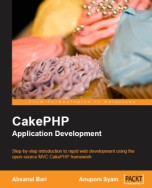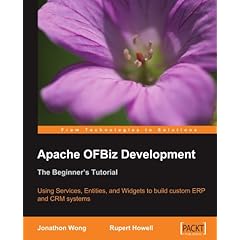Long, long ago, Packt sent me a copy of the book “Magento: Beginner’s Guide” by William Rice, and asked me to review it. I finally got around to it, and over the last few evenings have been reading this fine book. I just got done with it, and feel like I want to go set up my own store.
The strongest points of this book are:
1) Table of contents organization – the chapters are obviously very well planned out. Rice carefully considered what a beginner would need to know, and in what order they would need to know it, then broke it into clear, digestible pieces.
2) Presentation of ideas within the chapter – Ideas are clearly presented, clearly explained, and then there’s a wonderful “What just happened?” summary that reminds you of the important parts of the instruction, and why they matter, so that you don’t end up lost as to what you did.
3) Voice – The voice in the prose is kind, patient, and not condescending like so many tech books. I felt like I was being helped by an expert, but one who knew how frustrating it can be to be talked down to.
I have only two complaints about the book, and one of them is really a nit-pick.
In the intro, Rice refers to Apache 1.3 as “the proven, reliable version 1.3”, and puts it on an even footing with 2.2. Folks, 1.3 went into maintenance mode six or seven years ago. Folks need to move on. (Yes, ok, this is a nitpick. He’s just saying it’ll work both places.)
Now for the real one. The installation chapter is very strongly geared towards web hosting providers who offer a web-based pointy clicky configuration tool, and folks who either don’t have a web-based “control panel”, or have one that’s not described, may still feel a little at sea when it comes to doing things like creating a Mysql database.
But, having gotten those two complaints out of the way, I have to say that this is probably the best-written technical book I’ve read this year. I highly recommend it, and, having read it, also highly recommend Magento as a web commerce solution.



